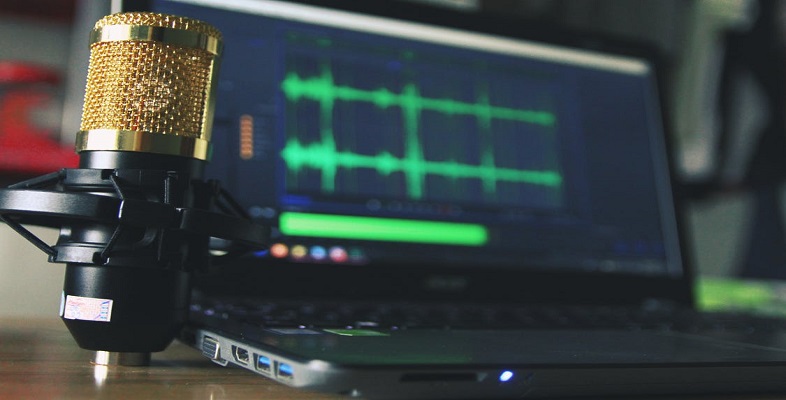5.1 General notes
In general, I use a fairly similar recording log independent of where I am recording, but some details are much more useful depending on the situation. When I am recording on location I try to include the following:
- Time and date
- Location
- Recording engineer (usually me)
- Producer (if there is one, often there isn’t)
- Performers (names and instruments)
- Title of piece or pieces, plus instruments if non-standard
- Sketch of stage layout with microphone positions
- Name and position of each microphone
All of these elements will appear at the start of my recording log, and to accompany this I always try to take a few photographs of the session, especially the microphone placement.
A sketch of the performers and the microphone position(s) is most useful when you are recording a non-standard setup. When recording a string quartet, for example, you might expect the first violin to be on the far left, then the second violin to the left of centre, with the viola to the right of centre and the cello on the right. In such a scenario, it is easy to check whether your recording channels are the right way around; however, if the players were oriented differently, it would not be so easy to check, and a simple sketch would help.
